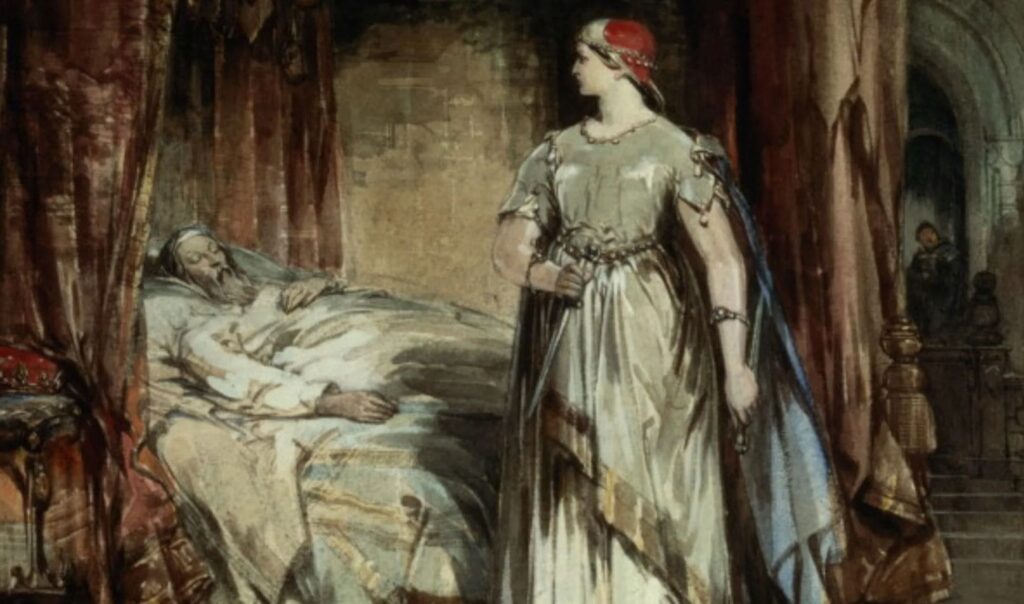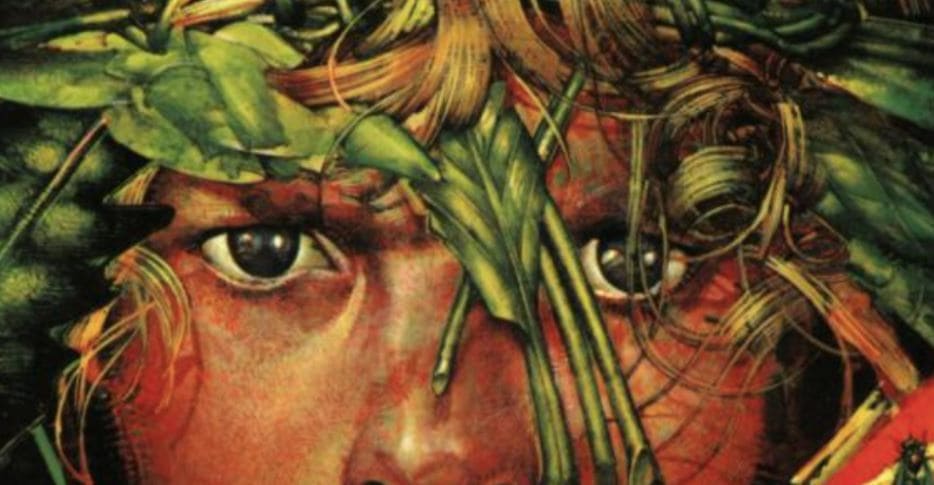Introduction
Shakespeare’s portrayal of female characters remains a subject of ongoing exploration. Portia, Macbeth, Desdemona, and Emilia are prime examples of women breaking free from societal expectations. Contemporary reinterpretations allow audiences to value these characters’ intricate nature and significance in gender discourse. Shakespeare’s female characters defy gender labels and patriarchal norms by rejecting traditional roles, employing feminist views to emphasize struggles for agency, and embracing intersectional perspectives to acknowledge complex identities and experiences.
Challenging Gender Stereotypes and Patriarchal Norms
Shakespeare’s feminine personalities have often defied traditional gender stereotypes and challenged masculine rules. For instance, Portia reclaims authority and social power over male characters, challenging gender rules by using Bassanio and her servant Nerissa to defy societal hopes (Shahwan 2022, p. 162). Portia is a character in the story “The Merchant of Venice” who emphasizes her strength, intelligence, and ability to subvert traditional gender roles within the context of the play. Additionally, Emilia asserts her right to be heard by her husband, defying his attempts to silence her, which mirrors the subdual women face in society (Shahwan 2022, p. 162). By stating her right to be heard, Emilia, in the tragedy “Othello,” challenges the patriarchal norms that seek to restrict women’s voices and agency. Modern interpretations of Portia and Emilia showcase their autonomy, intellect, and rebellion against masculine curbs, allowing audiences to spot their intricacies and weight in talks on gender consent. Hence, women in the present day, like in Shakespeare’s books, challenge gender typecasts and customs by fully grasping the nuances and worth of these characters in debates about gender roles and liberation.

Feminist Perspectives and Empowerment
A significant development in modern interpretations of Shakespeare’s female characters is the application of feminist perspectives. For example, Lady Macbeth’s willingness to forsake her femininity to support her husband’s ambition contrasts with her self-centeredness, as Hecate’s critique emphasizes (Cheng 2023, p. 4). These reinterpretations illuminate the underlying patriarchal systems in the play, exploring the characters’ quest for empowerment and independence. Through a feminist lens, the reevaluation of characters, like Lady Macbeth, exposes women’s broader societal obstacles, stimulating discussions on power, gender, and identity. Thus, gender equality views shed light on women’s struggles, power, gender, and identity in Shakespeare’s characters.
Intersectionality and Diverse Voices
Modern interpretations also embrace intersectional perspectives to explore women’s experiences beyond their gender. In the book “Othello,” Othello’s interracial marriage to Desdemona challenges patriarchal order and social norms through their non-compliant elopement (Sassi 2020, p. 51). In this case, Desdemona has been reimagined through an intersectional lens, considering race, class, and ethnicity factors. These nuanced portrayals recognize the complexity of identity and how different aspects of a woman’s life shape her experiences and interactions, fostering a more inclusive understanding of Shakespeare’s female characters. Therefore, intersectional reinterpretations of Shakespeare’s female characters uncover the complexities of identity, fostering a more inclusive understanding of their experiences.
Conclusion
Shakespeare’s female characters challenge gender casts and patriarchal norms. Modern interpretations empower women through feminist views and embrace intersectionality. Portia and Emilia defy societal prospects, stating agency and wisdom. In turn, Lady Macbeth’s fight for agency and Desdemona’s mixed marriage illume the snags of gender roles.
Reference List
Cheng, Y 2023, ‘Feminist study of Lady Macbeth’, SHS Web of Conferences, vol. 158, no. 02025, pp. 1–5, viewed 12 July 2023, DOI: 10.1051/shsconf/202315802025.
Sassi, I 2020, ‘Bondslaves and pagans shall our statesmen be Interracial marriage and transgression in Othello’, Journal of Arts and Humanities, vol. 9, no. 5, pp. 47–59, viewed 12 July 2023, DOI: 10.18533/journal.v9i5.1903.
Shahwan, S 2022, ‘Gender roles in The Merchant of Venice and Othello’, Theory and Practice in Language Studies, vol. 12, no. 1, pp. 158–164, viewed 12 July 2023, DOI: 10.17507/tpls.1201.19.


